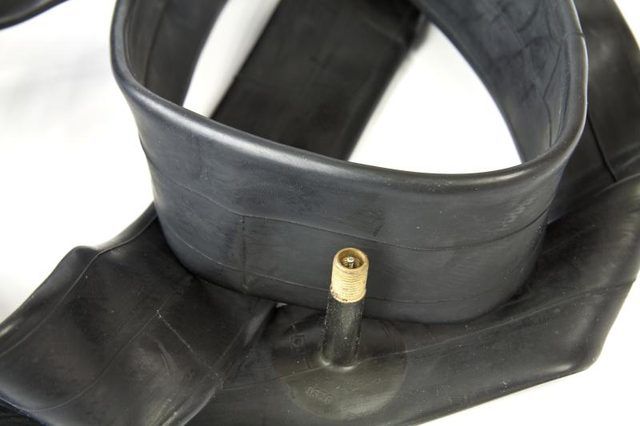Bulbs
Flower Basics
Flower Beds & Specialty Gardens
Flower Garden
Garden Furniture
Garden Gnomes
Garden Seeds
Garden Sheds
Garden Statues
Garden Tools & Supplies
Gardening Basics
Green & Organic
Groundcovers & Vines
Growing Annuals
Growing Basil
Growing Beans
Growing Berries
Growing Blueberries
Growing Cactus
Growing Corn
Growing Cotton
Growing Edibles
Growing Flowers
Growing Garlic
Growing Grapes
Growing Grass
Growing Herbs
Growing Jasmine
Growing Mint
Growing Mushrooms
Orchids
Growing Peanuts
Growing Perennials
Growing Plants
Growing Rosemary
Growing Roses
Growing Strawberries
Growing Sunflowers
Growing Thyme
Growing Tomatoes
Growing Tulips
Growing Vegetables
Herb Basics
Herb Garden
Indoor Growing
Landscaping Basics
Landscaping Patios
Landscaping Plants
Landscaping Shrubs
Landscaping Trees
Landscaping Walks & Pathways
Lawn Basics
Lawn Maintenance
Lawn Mowers
Lawn Ornaments
Lawn Planting
Lawn Tools
Outdoor Growing
Overall Landscape Planning
Pests, Weeds & Problems
Plant Basics
Rock Garden
Rose Garden
Shrubs
Soil
Specialty Gardens
Trees
Vegetable Garden
Yard Maintenance
How to Stake and Tie a Tree
How to Stake and Tie a Tree. A newly planted tree may look fragile and in need of support, but most young trees don't have to be staked and tied to grow well. Staking a sapling that doesn't need it can impair growth and may even harm the tree. Top heavy trees can benefit from staking, as can those that can't stand upright on their own. A small root...

A newly planted tree may look fragile and in need of support, but most young trees don't have to be staked and tied to grow well. Staking a sapling that doesn't need it can impair growth and may even harm the tree. Top heavy trees can benefit from staking, as can those that can't stand upright on their own. A small root ball can't support a tall tree or a tree with a relatively large canopy. Also consider staking trees in areas with heavy winds or sandy soil.
Choosing Stakes
The size of the tree determines the size and number of stakes you need. Small trees with trunks of 2 inches or less may need only one stake. Larger trees with trunk diameters up to 4 inches may need two to four stakes. The stake diameter shouldn't be so large that it shades the tree trunk, because this can cause the trunk to grow away from the stake. Suitable stake materials include wood, metal pipes and metal rebar. Above-ground stake height should be taller than actually needed for tie placement.
Placing Stakes
To avoid injuring the root ball and for firm support, put stakes outside the tree planting hole diameter. For a single tree stake, locate the stake on the windward side of the tree. If you use two stakes, put the second opposite the windward one. For a tree with four stakes, put the additional two equally spaced between the first two stakes. Once the stakes are in place, remove the nursery stake that may have come with the tree.
Choosing Ties
Use broad, soft ties that won't cut or rub the bark. Examples of good tie materials are elastic webbing, wide cloth belting, nylon stockings and rubber belts. These materials are flexible and allow the tree trunk some movement, which encourages it to develop strength and rigidity. Do not use wire, rope, string or fishing line. Allow enough tie length to make a "figure eight" tie from the stake and around the tree.
Placing Ties
The top part of the tree needs free movement for good growth and branch strength. For a tree that can't stand upright on its own, locate the placement of the first tie by running your hand along the tree trunk from about 3 feet above the ground upward. When your hand reaches the point where the tree is able to stand straight, locate the first tie position 6 inches higher. Loop the tie around the tree trunk, and then cross the tie ends over each other and tie the ends behind the stake. Repeat at a lower level on the second stake if there is one. Don't put more than one tie on each stake.
Checking Ties
Check monthly to make sure the stakes remain firm and the ties aren't chafing or cutting into the tree. As soon as the tree can remain upright on its own, ideally after the first growing season, remove the stakes and ties. As a test, shake the tree trunk and see if the root ball moves. If it doesn't, enough side roots have formed to support the tree, and you can remove the stakes and ties. Smaller trees can take up to a year and larger trees may need two years to be self-supporting.